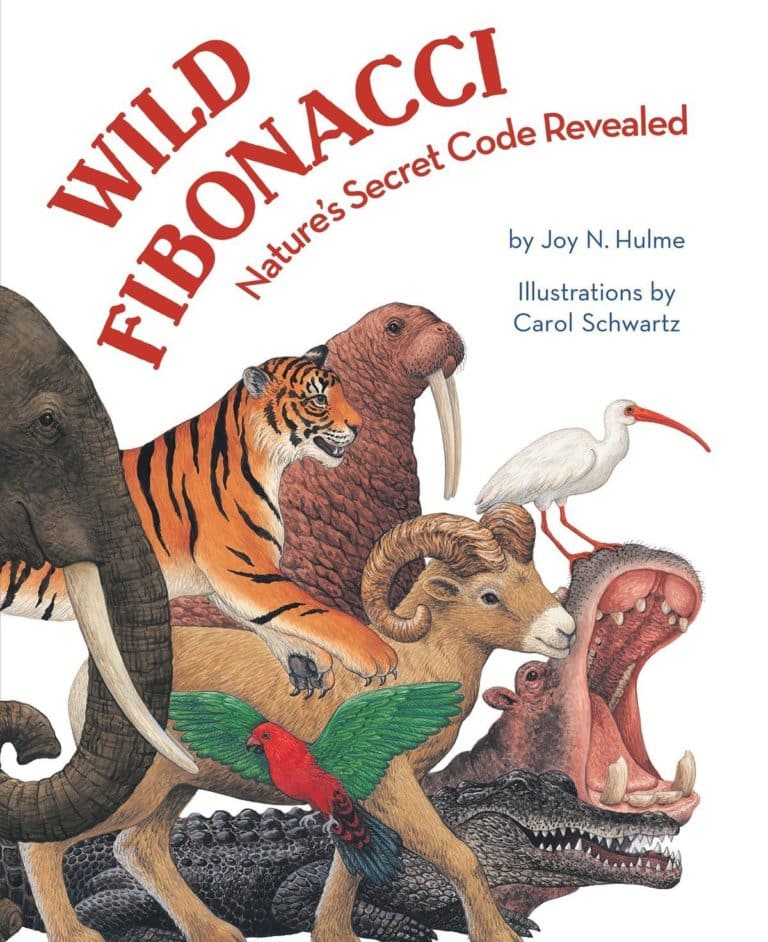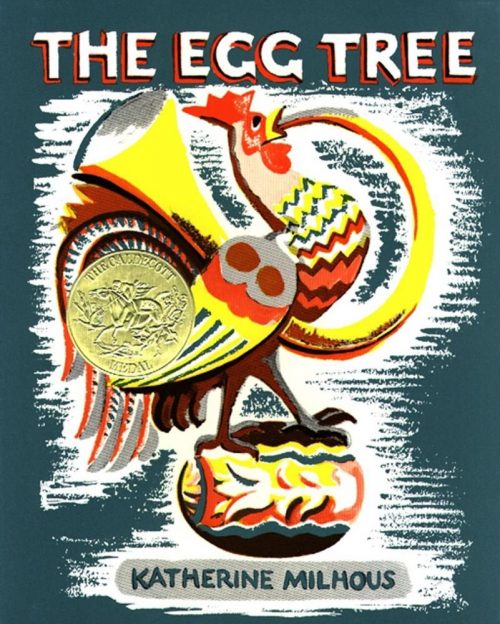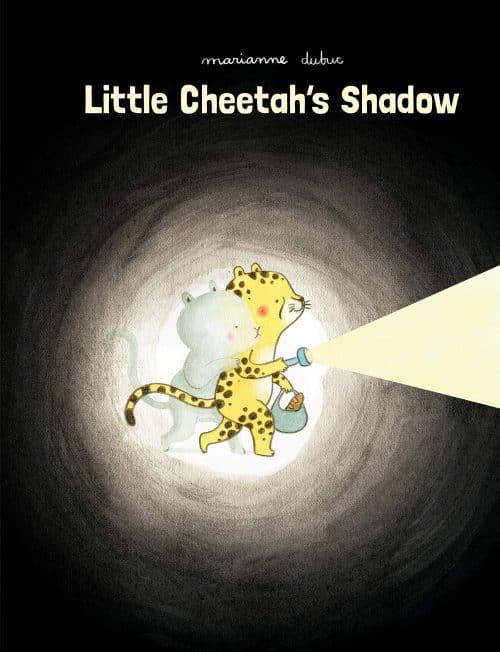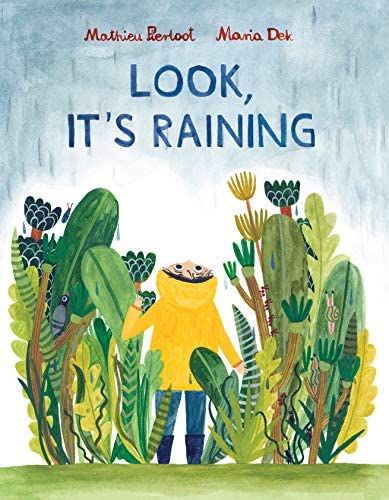1, 1, 2, 3, 5, 8, 13, 21, 34. . . Take a good, careful look. Do you recognize the recurring theme? The number that comes above you is the addition of the two that came before it. This numerical series, which is called the Fibonacci sequence, is a part of a code that can be found everywhere in nature, despite the fact that the vast majority of us are not familiar with it. Try counting the number of peas in a peapod or the petals on a flower. The sequence of numbers known as the Fibonacci sequence includes all of the numbers. This cryptic code is hidden within a unique shape known as an equiangular spiral, which the readers will find when they read Wild Fibonacci. What makes it so unique? It seems to have appeared out of nowhere in nature: a sundial shell has a curve that perfectly fits the spiral. Also, the beak of a parrot, a hawk’s talon, a ram’s horn, and even our own teeth have this characteristic. The Fibonacci sequence and its occurrences in the natural world are presented in an understandable and approachable manner by Joy Hulme in this presentation.
















